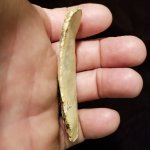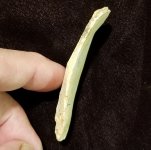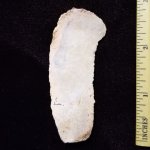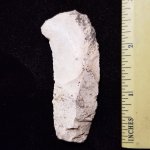PaleIO
Hero Member
- Apr 1, 2020
- 848
- 1,981
- Detector(s) used
- Minelab X-Terra 705
- Primary Interest:
- Relic Hunting
I had someone ask me recently to send some photos of a personal find from several years ago and decided to share here also. Some of you may remember it from AO. I am looking forward to the input I get on this one. I have had professional archaeologists look at them and most have agreed that they are real old...but recently I had a career archeologist tell me he would only date them at 1000-2000 yrs. I am very confident in my belief that they are of Clovis origin but always open to input from others. Two of the biface's were found stacked together sticking out of an eroded creek bank with the additional piece of flint. The third was covered in a thin layer of soil directly below the others. The white one caught my eye, if you look closely you can see the soil line. I have searched the area around and downstream many times since with no additional pieces recovered. I believe the darker material is Spanish Digging's. IMHO the more oval platter is nearly identical to one found near Boulder, CO in the Mahaffy Cache. As always found on private land with full landowners permission.
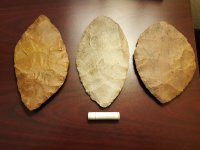
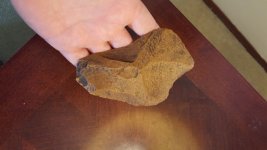
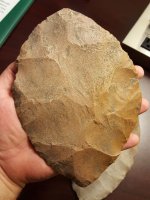
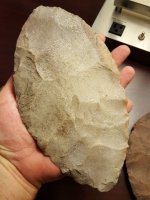
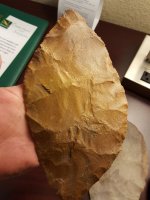





Amazon Forum Fav 👍
Upvote
0



